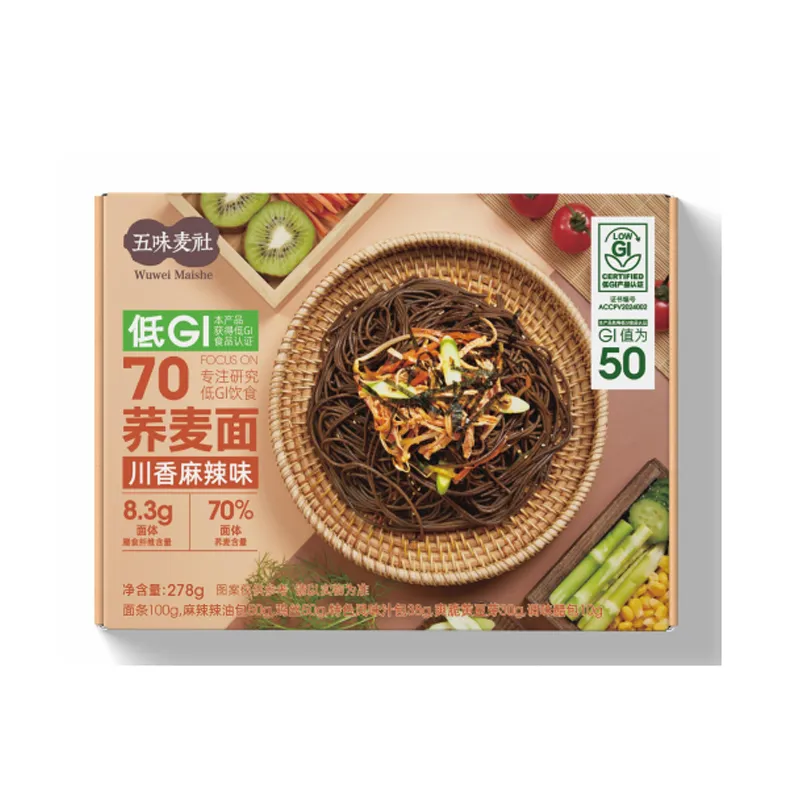ramen noodles for diabetics
Ramen Noodles for Diabetics Making Healthier Choices
Ramen noodles have become a staple in many diets due to their convenience and flavor. However, for those managing diabetes, consuming traditional ramen can pose challenges due to its high carbohydrate content and low nutritional value. The good news is that with a little creativity and knowledge, individuals with diabetes can enjoy a modified version of ramen noodles that is both satisfying and healthier.
Understanding Carbohydrates and Diabetes
Carbohydrates have a significant impact on blood sugar levels, making awareness of carb intake essential for diabetics. Traditional ramen noodles are often made from refined wheat flour, which can cause a rapid spike in blood sugar. This does not mean that ramen has to be completely eliminated from the diet; rather, it requires careful selection of ingredients and mindful eating practices.
Choosing the Right Noodles
Fortunately, there are plenty of alternatives to traditional ramen noodles that can better fit a diabetic-friendly diet. Some excellent options include
1. Whole Wheat Ramen Opt for whole grain versions which contain more fiber and nutrients compared to their refined counterparts. The higher fiber content helps slow down the absorption of carbohydrates, leading to better blood sugar control.
2. Shirataki Noodles These noodles are made from konjac yam and are extremely low in calories and carbohydrates. They provide a similar texture to traditional noodles but have minimal impact on blood sugar levels.
3. Zucchini Noodles or “Zoodles” For a low-carb alternative, consider spiralizing zucchini into noodle shapes. This vegetable-based option is low in calories and high in vitamins, providing a nutritious base for your ramen dish.
ramen noodles for diabetics

Enhancing Nutritional Value
While choosing healthier noodles is a great first step, enhancing the overall nutritional value of your ramen dish is equally important. Here are some tips to make your ramen not only diabetic-friendly but also wholesome
- Add Protein Incorporating protein can help stabilize blood sugar levels. Consider adding grilled chicken, tofu, or boiled eggs to your ramen. These additions will not only enhance flavor but also provide satiety.
- Load Up on Vegetables Incorporate a variety of colorful vegetables into your ramen. Spinach, bok choy, carrots, and bell peppers add essential vitamins and minerals while increasing the fiber content of your meal.
- Be Mindful of Broth Many pre-packaged ramen broths can be high in sodium and preservatives. Opt for homemade broth or low-sodium varieties to keep your salt intake in check.
Portion Control
Even with healthier ingredients, portion control remains crucial for managing blood sugar. Be mindful of the amount of noodles and other carbohydrate-rich foods you include in your meal. A balanced plate should include a moderate serving of noodles, a generous portion of vegetables, and a source of protein.
Conclusion
Diabetics can enjoy a delicious bowl of ramen by making thoughtful ingredient choices and focusing on nutritional balance. By selecting healthier noodles, adding protein and vegetables, and practicing portion control, you can create a satisfying dish that fits seamlessly into your dietary requirements. Embracing these changes not only allows for the enjoyment of beloved comfort food but also supports better health outcomes. So, dig in and savor your delicious, diabetes-conscious ramen!
-
Unleash Your Inner Chef with Delectable Italian Pasta CreationsNewsAug.01,2025
-
Savor Health and Flavor: Irresistible Soba Noodles for Sale Await!NewsAug.01,2025
-
Nourish Your Body with Premium Organic Ramen - A Culinary Delight AwaitsNewsAug.01,2025
-
Elevate Your Dishes with Our Exquisite Kinds of Egg NoodlesNewsAug.01,2025
-
Dive into Flavorful Convenience with Our Ramen OfferingsNewsAug.01,2025
-
Discover Exquisite Types of Naengmyeon and Chilled Soba NoodlesNewsAug.01,2025
-
Is Whole Wheat Pasta Healthy?NewsMay.30,2025
Browse qua the following product new the we

















































































































